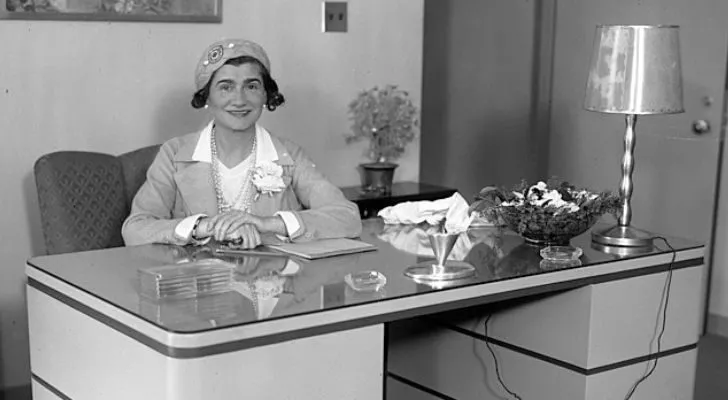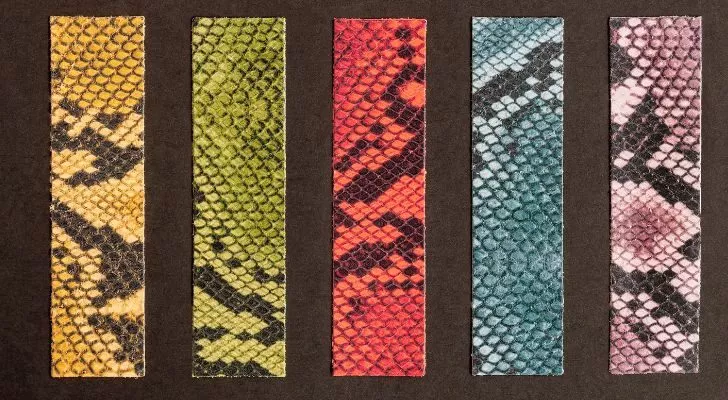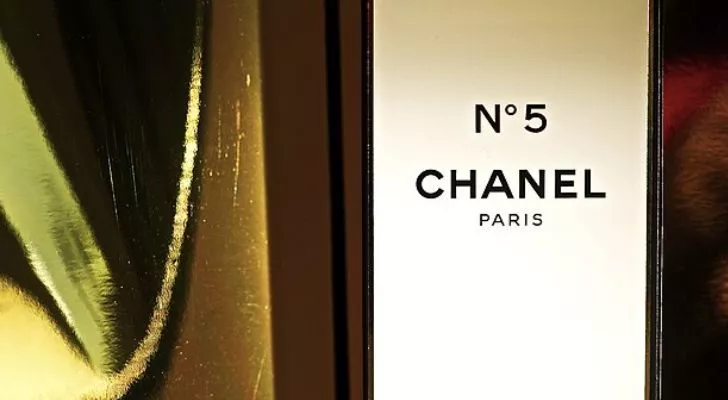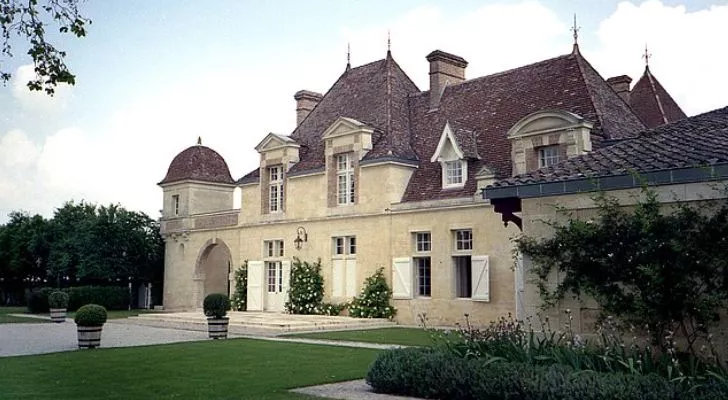Embark on a journey through the captivating legacy of Chanel, where every thread weaves a tale of innovation and timeless elegance.
From Coco Chanel’s audacious ventures during wartime to the accidental genesis of the iconic No. 5 perfume, discover the brand’s trailblazing spirit.
So join us as we unravel the mystique of Chanel, a brand that goes beyond fashion, embracing a legacy of audacity, innovation, and timeless sophistication since its inception in 1910.
Coco Chanel wrote a letter to the Nazis to take majority ownership of her company.

Coco partnered with Pierre Wertheimer in 1924 to form Les Parfums Chanel, allowing her brand to offer more perfumes to customers on a global scale.
The only problem was that she only owned 10% of it. Pierre owned 70%, and Théophile Bader (who introduced Coco to Pierre) had a 20% stake in the company.
When the Nazi occupation of France began, Wertheimer and his family fled the US as they were of Jewish heritage. Coco saw an opportunity and attempted to take control of Wertheimer’s majority share.
Wertheimer was one step ahead of her, though, as he had already given his equity to a Christian Frenchman named Felix Amiot in 1940, who temporarily handled the business for him up until the war ended.
Chanel’s first boutique opened in 1910.

The very first Chanel store was located at 21 Rue Cambon, Paris. At the time, Coco merely made and sold hats, but that was enough to catch the eye of several famous French actresses.
Business went well. By 1912, she opened a second store in Deauville, and another in Biarritz in 1915.
Fast forward to 1918, Coco bought an apartment near her very first store. The building was bigger compared to 21 Rue Cambon, and this allowed the French fashion designer to also offer beauty services and workshops.
Chanel revolutionized the women’s fashion industry.

Tightly fitted clothes, particularly corsets, were the norm for women’s clothes back then. This was a big no-no for Coco, though. Instead, she envisioned a world where women could move freely with what they wore.
One way she achieved that vision was by adapting men’s sailing clothes, like loose trousers and Breton shirts.
But besides wearing men’s clothing, Coco was also responsible for popularizing other garments. Some examples would be jersey dresses, tweed suits, and (of course) the little black dress.
It was the first major luxury brand to stop using exotic leather.

Chanel made the announcement back in December 2018, declaring that the brand would no longer use snakes, crocodiles, lizards, and stingrays for their products.
The decision ultimately came down to one thing – it was becoming increasingly difficult for the company to source exotic skins that matched their ethical standards.
It was a decision made by Chanel despite knowing how desired exotic bags are regardless of the price. So, kudos to them!
Chanel No. 5 may very well have been an accident.

In 1921, Coco Chanel assigned Ernest Beaux to create a perfume that would eventually leave a mark in the industry’s history.
Legend has it that either Ernest or his assistant added too many aldehydes (an artificial substance used to create fresh scents) in one of the samples, which resulted in a scent that Coco had been looking for: a scent that best represented women.
However, some argue that Coco picked that particular perfume sample not because of the scent but because it was the fifth sample.
This comes from the fact that Coco is superstitious about the number five, to the point that she even launched the perfume on May 5, 1921!
Chanel once sold a basketball worth $2,300!

The black rubber ball was a part of the brand’s fall/winter 2019 collection, and it came with a matching chain and calfskin netted bag to carry it.
If you’re looking to pick one up for yourself, be warned – getting one from a reseller can cost you over $7,000!
Aside from this, though, other examples of weird products that Chanel has sold include branded boats, ankle purses, and even hula hoop bags.
Chanel owns multiple vineyards.

But you can’t buy Chanel-branded wine, unfortunately.
It all began in 1994 when Chanel purchased the historic Château Rauzan-Ségla in Bordeaux.
This was the first of many wineries the brand bought, with Chanel purchasing Château Canon in Saint-Émilion just two years later.
Their wineries aren’t just in France, either, as Chanel also acquired St. Supéry Vineyards & Winery in California’s iconic Napa Valley.
The brand’s logo was made by Coco Chanel herself.

Chanel’s logo was basically two “Cs” that were interlaced. It perfectly represented Coco’s name and her belief that there really is beauty in simplicity.
It has been their logo since founding her fashion house in 1925, which proves how great of a designer she truly is!
Martin Scorsese directed one of Chanel’s perfume commercials in 2010.

The commercial for Bleu de Chanel was filmed at a fast pace, a signature style of one of the best directors of all time.
It featured Gaspard Ulliel, Chanel’s first male brand ambassador, who played the role of a filmmaker who suddenly reminisced about his past relationship after seeing his ex-girlfriend, who turned out to be one of the journalists in the press conference.
The advertisement then ended with the French actor making an impactful statement, saying that he would no longer conform to societal expectations from now on.
As Chanel continues to evolve, its legacy remains a testament to Coco Chanel’s fearless innovation and commitment to defying conventions.
The brand has offered a wide range of products from 1910 to the present day that have influenced the history of fashion.
Ever since, it has valued uniqueness, making it not just a luxury brand but also a symbol of creativity and courage.






















